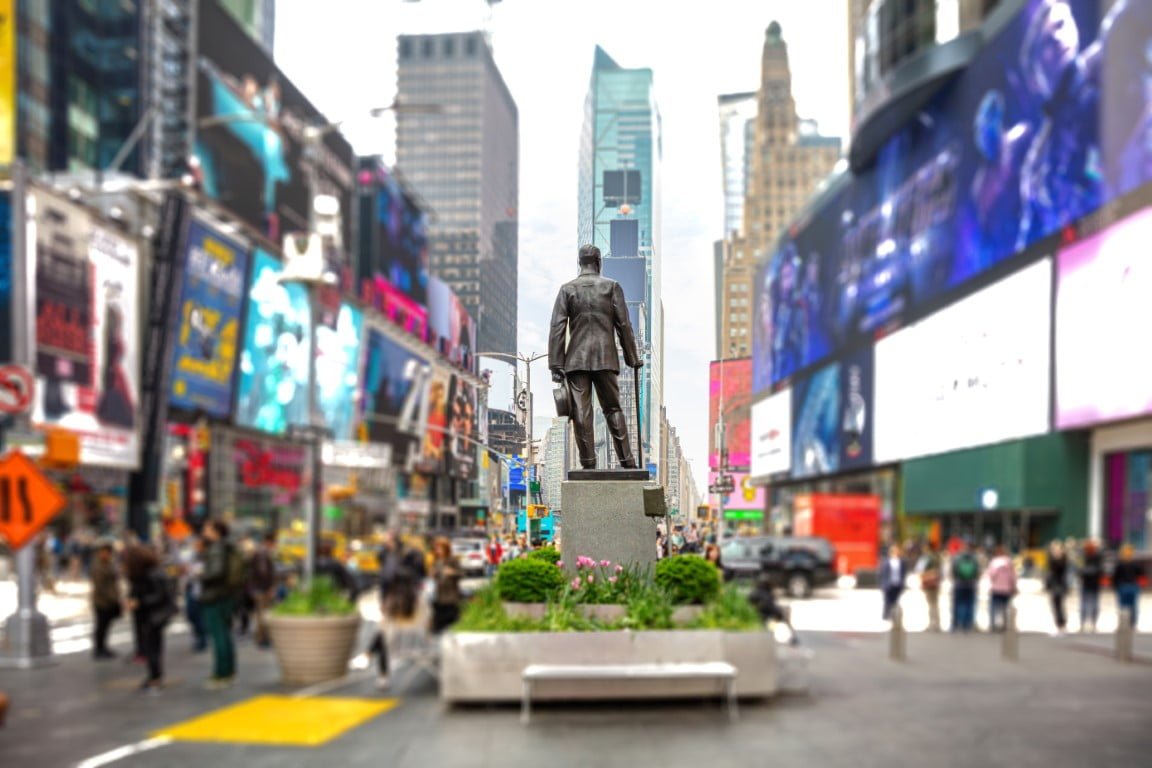Table of Contents
Prohibition Historical Context
New York City, often referred to as the “city that never sleeps,” stands as an enduring symbol of reinvention and evolution. This bustling metropolis, with its towering skyscrapers, diverse neighborhoods, and vibrant culture, is a place where change is the only constant. Amid its labyrinthine streets, iconic landmarks, and pulsating energy, there lie hidden gems that harken back to a bygone era – speakeasy bars.
In addition, these clandestine establishments, reminiscent of the Prohibition era, have experienced a remarkable resurgence in the city’s ever-evolving landscape. As they do, they offer not only a taste of history but also a reprieve from the relentless pace of modern life. In the following narrative, we will embark on a journey to uncover five exceptional speakeasy bars nestled within the heart of New York City, each with its unique allure and distinct character.
Prohibition Era and Its Impact on New York City
The Prohibition era, which lasted from 1920 to 1933, was a pivotal period in American history when the sale, production, and transportation of alcoholic beverages were banned. This radical experiment, enforced through the 18th Amendment to the United States Constitution, aimed to curb social problems associated with alcohol consumption. However, its consequences in cities like New York were far more complex and significant than its original intent. In this article, we will explore the Prohibition era and its profound impact on New York City.
Prohibition in the United States was a culmination of decades of social reform movements that had sought to eliminate the perceived ills of alcohol consumption. Moreover, the temperance movement, rooted in the 19th century, gained momentum as concerns about alcohol’s effects on society grew. This ultimately led to the ratification of the 18th Amendment to the Constitution in 1919, which prohibited the sale, manufacture, and transportation of alcoholic beverages.
Famous Speakeasy Bars in Prohibition Era
Prohibition's Initial Goals and Unintended Consequences
The proponents of Prohibition had noble intentions. They aimed to reduce crime, improve public health, and alleviate social problems associated with alcoholism. However, the unintended consequences of the ban on alcohol were far-reaching and would forever alter the social fabric of cities like New York.
Bootlegging and Organized Crime
The ban on alcohol created a lucrative underground market. Bootleggers and organized crime syndicates seized the opportunity to produce, smuggle, and distribute illegal alcohol, often referred to as “moonshine.” The streets of New York became battlegrounds for turf wars between these criminal enterprises. Infamous figures like Al Capone and Dutch Schultz rose to prominence during this period, capitalizing on the demand for alcohol. Gang violence escalated, and New York’s crime rate soared.
Speakeasies: Hidden Havens of Revelry
The Prohibition era gave birth to the phenomenon of speakeasies. These secret bars and clubs operated in defiance of the law, and their name derived from the hushed manner in which patrons were supposed to “speak easy” about their existence. New York City was home to a vibrant speakeasy culture, and these establishments ranged from humble, hole-in-the-wall joints to opulent, upscale venues. Speakeasies became an essential part of the city’s social scene, and many thrived in the shadows. They were often hidden behind unmarked doors, offering a sense of adventure and intrigue. Inside, patrons enjoyed illicit cocktails and jazz music, flouting the law while savoring the thrill of rebellion.
Prohibition-Era New York City: A City of Contrasts
21 Club: Located at 21 West 52nd Street, 21 Club was a sophisticated and upscale speakeasy that catered to New York City’s elite. It featured secret wine cellars and a network of hidden doors to evade law enforcement.
The Back Room: Tucked away on the Lower East Side, The Back Room was a Prohibition-era speakeasy known for serving drinks in teacups to maintain a facade of innocence. Its interior was decorated with vintage furniture and antique phones, creating a time capsule of the 1920s.
Cotton Club: The Cotton Club, located in the heart of Harlem, was a renowned speakeasy and jazz club. It featured performances by some of the era’s greatest musicians, making it a symbol of the vibrant Harlem Renaissance.
Repeal of Prohibition
The Prohibition era saw an increase in alcohol consumption, rather than the intended decrease, as Americans found ways to circumvent the law. The ban also had severe economic repercussions, as the government lost substantial tax revenue, and many jobs in the brewing and distilling industry were lost. Public sentiment shifted, and by the early 1930s, the public began to support the repeal of Prohibition. In 1933, the 21st Amendment was ratified, officially ending the Prohibition era. New York City, like the rest of the nation, celebrated the return of legal alcohol with enthusiasm and relief.

Legacy of Prohibition in New York City
Bottom Line
Prohibition era in New York City was a time of social and cultural upheaval. It gave birth to a dynamic speakeasy culture, fueled the rise of organized crime, and left an indelible mark on the city’s history. The echoes of this period continue to resonate through the city’s streets, with speakeasies and tales of bootleggers and gangsters reminding us of a time when the nation grappled with the consequences of banning alcohol. For example, New York City’s journey through Prohibition is a testament to the resilience of its people and the enduring allure of defiance in the face of societal change.

